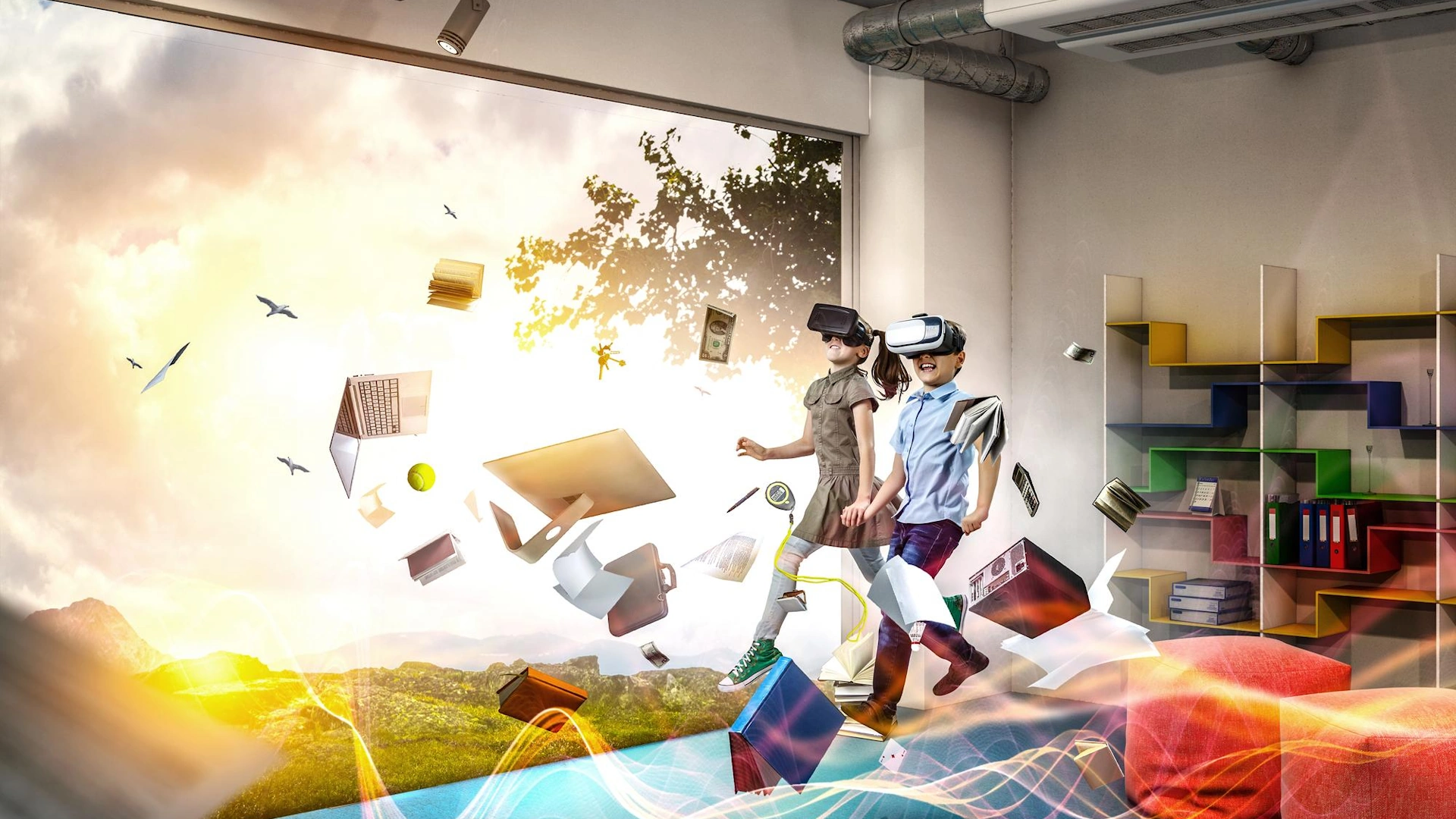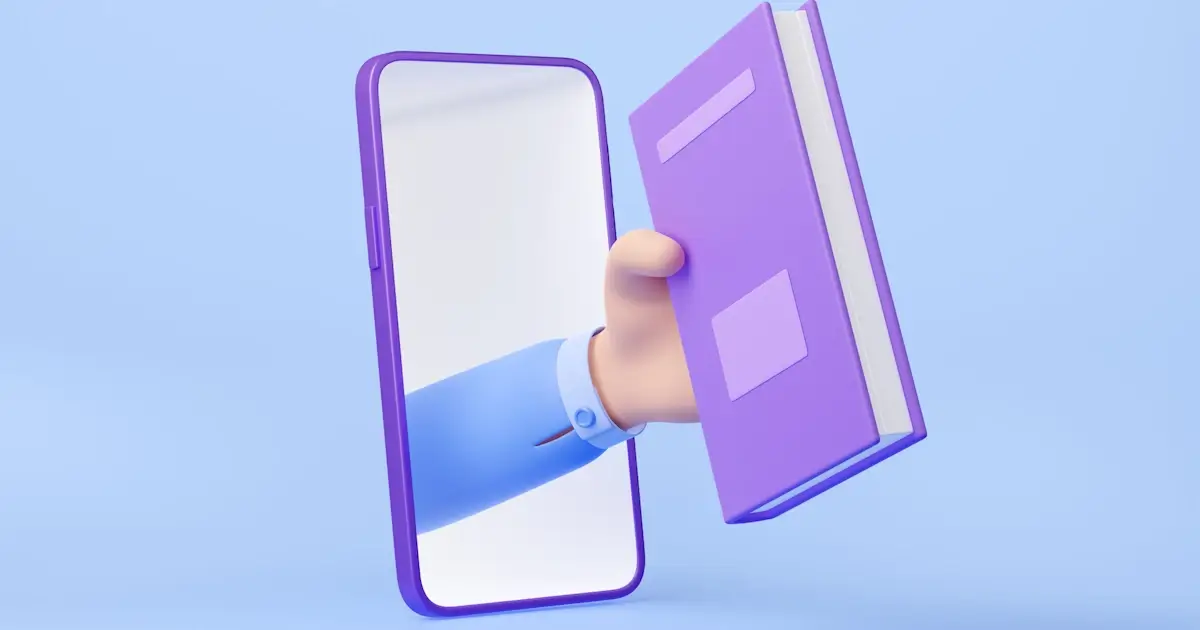Whether you're a retailer trying to showcase your latest fashion collection, a real estate agent looking to present properties to potential buyers, or an engineer working on a complex industrial project, the way you visualize your products can make a significant impact on your success. As we look ahead, the future of product visualization promises to be a fascinating journey, driven by emerging trends and cutting-edge technologies that will revolutionize the way we interact with and understand products. In this article, we'll explore some of the key developments in this field and how they are shaping the future.
The Current Landscape of Product Visualization
To appreciate where product visualization is headed, it's essential to understand where it stands today. Traditionally, product visualization relied heavily on static images and 2D renderings. While these methods served their purpose, they lacked the depth and interactivity required to fully engage consumers. This limitation became especially evident as e-commerce and online marketing continued to grow.
To address these shortcomings, businesses began incorporating 3D product visualization into their strategies. 3D models allowed customers to rotate, zoom in, and explore products from various angles, providing a more immersive online shopping experience. However, as technology continues to evolve, so does the world of product visualization.
The Future Trends in Product Visualization
Augmented Reality (AR)
Augmented reality, or AR, has gained significant traction in recent years and is set to play a pivotal role in the future of product visualization. AR technology enables users to overlay virtual objects onto the real world through their smartphones, tablets, or AR glasses. This has profound implications for industries ranging from retail and fashion to home décor and automotive.
Imagine trying on clothes virtually before making an online purchase, visualizing how a piece of furniture would look in your living room, or test-driving a car in your own driveway using AR. These experiences are already becoming a reality, and businesses that harness AR for product visualization are poised to gain a competitive edge.
Virtual Reality (VR)
Virtual reality, or VR, takes immersion to a whole new level. While AR enhances the real world with digital elements, VR transports users to entirely virtual environments. This technology is particularly powerful for industries like real estate, architecture, and interior design, where customers can take virtual tours of properties or explore architectural designs in a three-dimensional space.
In the context of product visualization, VR can offer customers a truly immersive experience, allowing them to interact with products as if they were physically present. For example, a potential homebuyer could explore a virtual kitchen renovation or walk through a virtual showroom filled with the latest gadgets.
3D Configurators
Product personalization has become a driving force in consumer preferences. 3D configurators are interactive tools that enable customers to customize products according to their preferences. These tools are particularly popular in industries like automotive, where buyers can choose the colour, features, and accessories of their vehicles.
The future of product visualization includes advanced 3D configurators that offer real-time previews of customized products. Businesses that provide customers with the ability to tailor products to their exact specifications are likely to see higher conversion rates and increased customer satisfaction.
Real-Time Collaboration
In an increasingly interconnected world, collaboration is key. Businesses often need to bring together teams of designers, engineers, marketers, and other stakeholders to create compelling product visualizations. Real-time collaboration tools allow these teams to work together seamlessly, regardless of their geographic locations.
These collaborative platforms enable multiple users to make changes to 3D models and product presentations simultaneously, fostering creativity and efficiency. As businesses become more global and distributed, real-time collaboration will continue to shape the future of product visualization.
Artificial Intelligence (AI) and Machine Learning
AI and machine learning are being integrated into product visualization to enhance various aspects of the customer journey. AI algorithms can automatically generate product descriptions, tags, and even recommend related products based on user behavior and preferences. AI-powered chatbots can assist customers in finding the right products and provide instant answers to their questions.
Machine learning also plays a crucial role in improving search and recommendation algorithms, helping customers discover products that align with their interests and needs. The ability to harness AI and machine learning effectively will be a significant factor in the success of future product visualization strategies.
The Future is Here: A Glimpse into Tomorrow's Product Visualization
While these trends are exciting, it's worth noting that many businesses are already embracing the future of product visualization. Let's take a closer look at how these trends are shaping real-world applications:
Augmented Reality in Retail
Retailers are using AR apps to provide customers with virtual try-on experiences for clothing and accessories. Users can see how items fit and look in real-time, reducing uncertainty and increasing the likelihood of making a purchase.
Virtual Reality in Real Estate
Real estate agents are adopting VR to offer virtual property tours. This technology allows potential buyers to explore homes remotely, saving time and reducing the need for physical visits.
3D Configurators in Automotive
Automotive manufacturers are integrating 3D configurators into their websites, enabling customers to customize every detail of their vehicles, from paint colours to interior features.
Real-Time Collaboration in Design
Architectural firms are using real-time collaboration tools to work on complex design projects across multiple locations. Designers, engineers, and clients can collaborate seamlessly, improving project efficiency.
AI-Powered Recommendations in E-commerce
E-commerce giants are using AI algorithms to recommend products based on customer preferences and behaviour, increasing cross-selling and upselling opportunities.
The Benefits of Embracing the Future of Product Visualization
As businesses adapt to the changing landscape of product visualization, they stand to gain numerous benefits:
Enhanced Customer Engagement
Interactive 3D experiences, AR, and VR captivate customers, increasing their engagement and making products more memorable. This can lead to higher conversion rates and brand loyalty.
Personalization
3D configurators and customization options allow customers to create products tailored to their preferences, fostering a sense of ownership and satisfaction.
Efficiency and Collaboration
Real-time collaboration tools streamline the product visualization process, reducing time-to-market and ensuring that all stakeholders can contribute their expertise regardless of their location.
Data-Driven Insights
AI and machine learning provide valuable insights into customer behaviour and preferences, helping businesses refine their product offerings and marketing strategies.
In Conclusion
The future of product visualization is a thrilling frontier, marked by the convergence of technology, creativity, and customer-centricity. As businesses continue to adapt and adopt emerging trends and technologies, they have the opportunity to redefine how they present and interact with their products. Whether it's through AR, VR, 3D configurators, real-time collaboration, or AI-driven recommendations, the future promises to be a visual journey that enhances customer experiences and drives business success. Those who embrace this future will not only stay ahead in their respective industries but also empower their customers to explore, customize, and connect with products in ways previously thought impossible.





